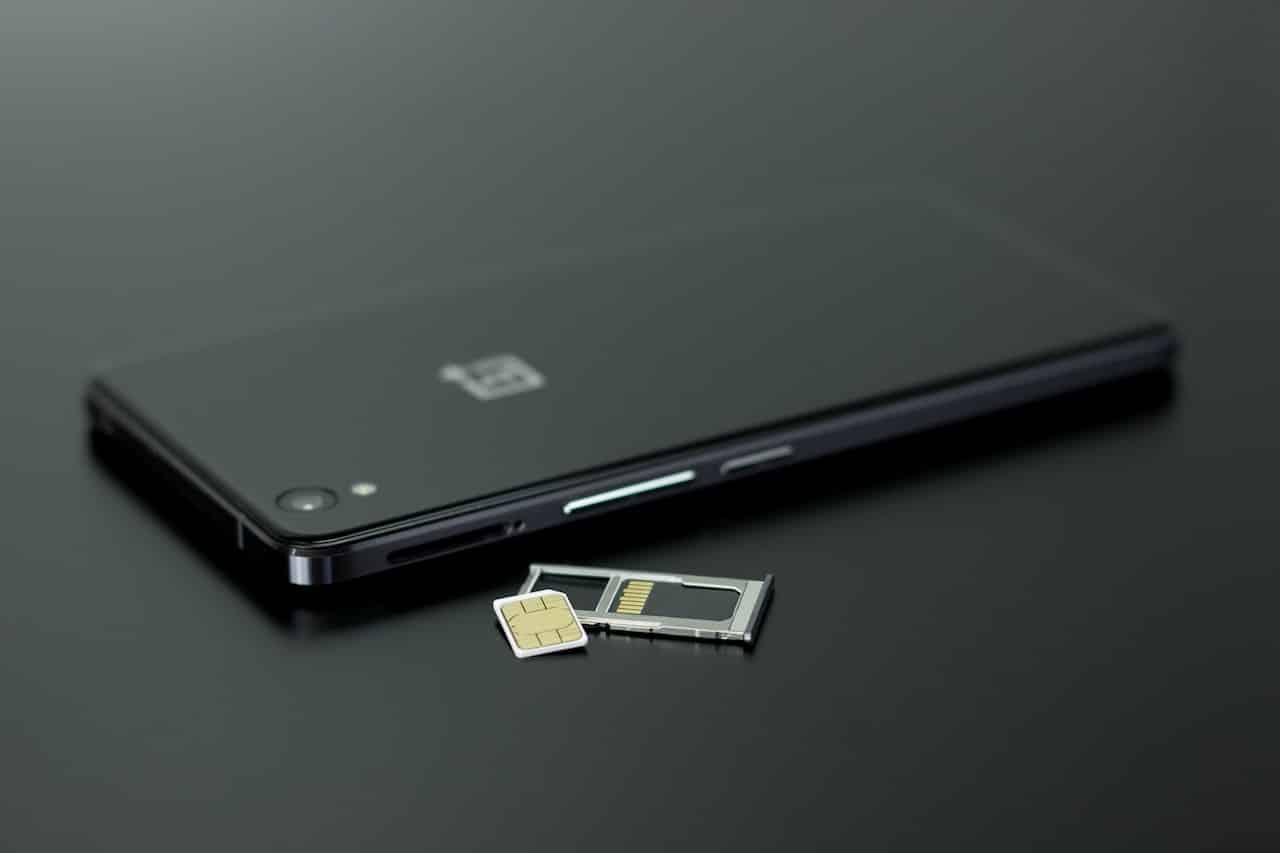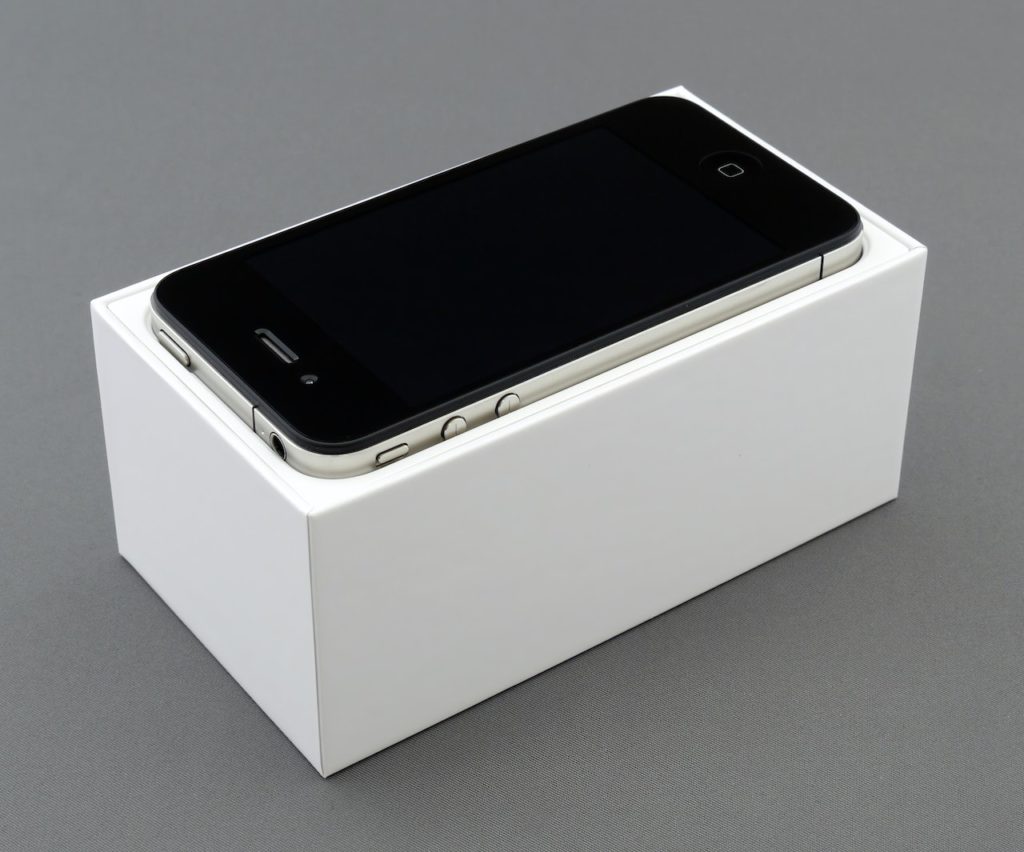Phones
How to Install NFC on Your Phone

Ever wondered how to make your life more convenient by exploiting your phone’s potential to the fullest? Near Field Communication, or NFC, is a technology that allows wireless close-proximity data exchange. Imagine making payments, sharing contacts, photos, videos, and even connecting your devices without wires! In this comprehensive guide, we’ll delve into the details of installing NFC on your phone.
Is Your Phone NFC-Compatible?
Before discussing installation, it’s vital to determine if your phone already supports NFC. In most cases, contemporary smartphone models have built-in NFC functionality. To check, navigate to the settings app on your device. On Android, go to “Connected devices” and then “Connection preferences.” If you see an option for NFC, then your device supports it. For iOS, the procedure is slightly simpler. If your iPhone is a model 6 or newer, it automatically has NFC capabilities.
Now, let’s talk about some examples of popular smartphone models with NFC capabilities. For Android, we have:
- Samsung Galaxy Series: Models S8 and later in the S series, and all models in the Note and Z series support NFC.
- Google Pixel Series: All Pixel models come with NFC.
- OnePlus Series: NFC is available on models from the OnePlus 5 onward.
For iOS, all iPhone models starting from iPhone 6 have built-in NFC. However, keep in mind that NFC usage on iPhone is restricted mostly to Apple Pay.

Activating and Utilizing NFC
Once you’ve determined your device’s NFC capabilities, you need to activate it. The process varies slightly between Android and iOS.
Activating NFC on Android:
- Open the settings app on your Android device.
- Tap on “Connected devices” or “Wireless & Networks,” depending on your device.
- Tap on “Connection preferences.”
- Toggle on the NFC switch.
Now that you have NFC activated, you can utilize it for various purposes. To pay with NFC, register your credit or debit card with Google Pay, then hold your phone to the contactless terminal. Sharing files via NFC, termed as Android Beam, is also simple. Just open the content to share, bring the devices back-to-back, and tap ‘Beam’ on the screen.
Activating NFC on iOS:
For iOS, NFC is automatically enabled when you set up Apple Pay. Here’s how to do it:
- Open the Wallet app on your iPhone.
- Tap the ‘+’ symbol to add a new card.
- Follow the on-screen instructions to register your card.
The primary usage of NFC on iPhones is for contactless payments. Once your card is registered, you can hold your iPhone near the terminal and authorize payment using FaceID or TouchID.

Installing NFC on Non-NFC Phones
While NFC is a powerful tool, not all phones have built-in NFC capabilities, especially older models. For these devices, the process is more complex, but it’s possible with the help of NFC enabling devices.
The most common NFC enabling devices are NFC SIM cards, NFC SD cards, and NFC stickers.
- NFC SIM Cards: This special SIM card carries an NFC chip and is offered by certain mobile service providers. Once inserted, it can interact with NFC readers just like a built-in NFC chip.
- NFC SD Cards: These are SD cards with an embedded NFC chip. They can enable NFC functionality when inserted into the SD card slot of a phone.
- NFC Stickers: NFC stickers, also known as NFC tags, can be programmed with various NFC actions and stuck onto any surface.
Using these devices is fairly simple. For NFC SIM and SD cards, you need to insert them into the respective slots in your phone. NFC stickers, on the other hand, are pre-programmed with an action (like opening a website or app), and when an NFC-enabled device is brought close to it, that action is triggered.
Precautions and Security Measures
While NFC brings numerous conveniences, it also opens up potential risks, especially related to payment security and privacy. As such, it’s vital to be aware of necessary precautions and tips to secure your NFC transactions.
- Use Secured Networks: NFC payments transmit data wirelessly, which could potentially be intercepted. Using secured networks reduces this risk.
- Activate NFC When Needed: It’s advisable to keep NFC disabled when not in use. This way, your phone won’t accidentally connect with NFC devices.
- Regularly Update Your Device: Updates often include security patches that protect against vulnerabilities. Ensure your device is always up-to-date.
- Use Biometric Security: This adds an extra layer of security for NFC payments. Whether it’s a fingerprint or facial recognition, make sure to enable this feature.
In Conclusion
NFC is an innovative technology that adds another layer of functionality to our smartphones. Whether your phone already has NFC or needs an enabling device, the installation and activation process is simple and straightforward. By adhering to essential security measures, you can use NFC with peace of mind, making your life more convenient in the process. NFC is the future of contactless transactions, so it’s high time we all got on board with this technology.
-

 Business5 months ago
Business5 months agoBest Technology Companies To Work For: 10 Top Picks For You
-

 Business5 months ago
Business5 months agoLatest Developments In Artificial Intelligence: 5 Best Breakthroughs
-

 Development and Hacking4 months ago
Development and Hacking4 months agoEmerging Technologies In Cyber Security: Full Guide In 2025
-

 Phones4 months ago
Phones4 months agoFind My Phone Using Google Account: Full How To Guide (5 Steps)
-

 Business4 months ago
Business4 months agoBest Tech Cities In The US: 7 Opportunities You Shouldn’t Miss Out
-

 Phones3 months ago
Phones3 months agoFind Samsung Phone: 6 Great Ways To Find Lost Or Stolen Device
-

 Phones2 months ago
Phones2 months agoAll Google Apps: Ultimate Guide For The Most Useful Ones (2025)
-

 Phones3 months ago
Phones3 months agoSwitch From iPhone To Android: 7 Reasons For Switching Sides


















